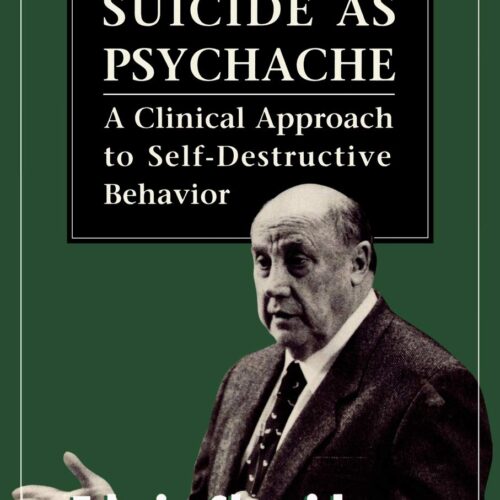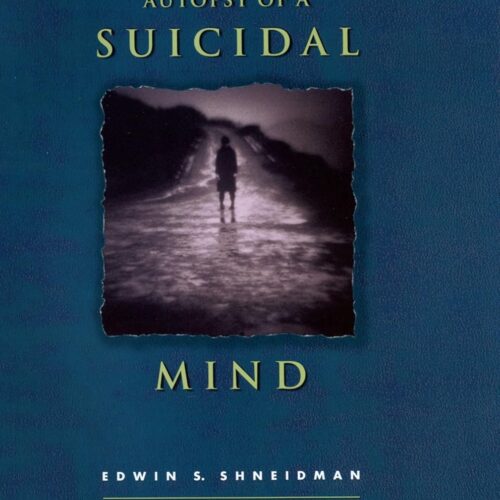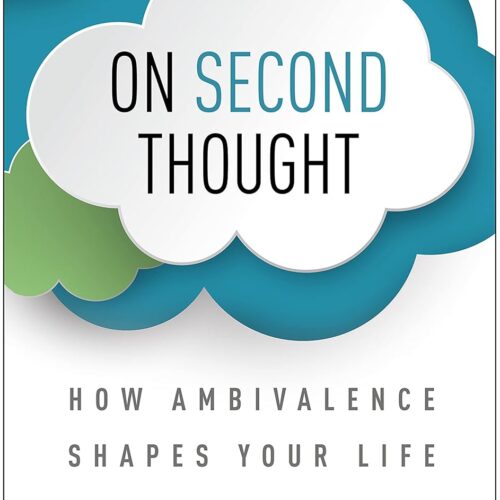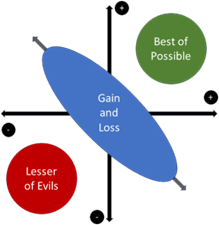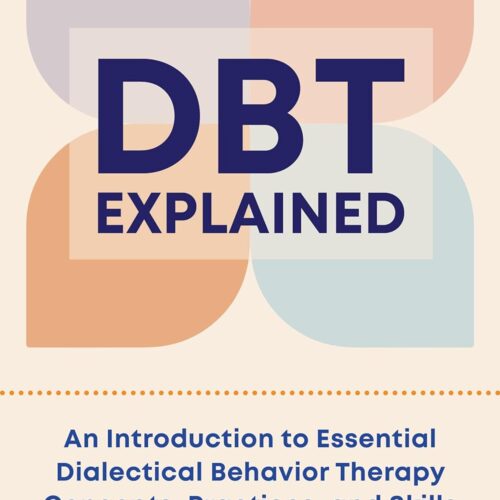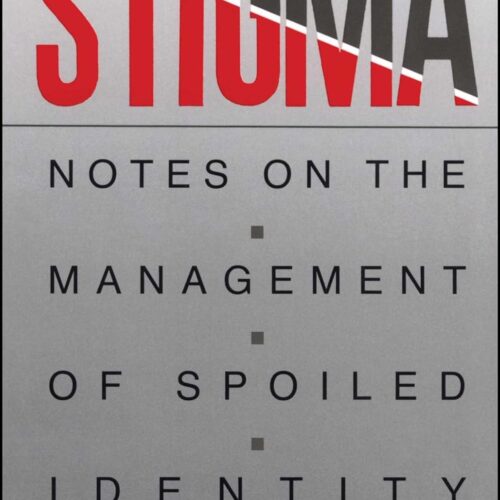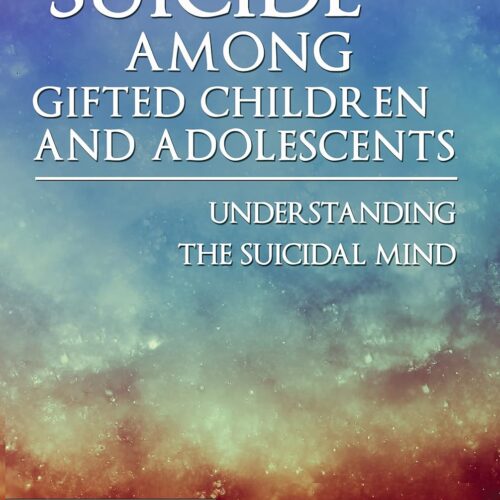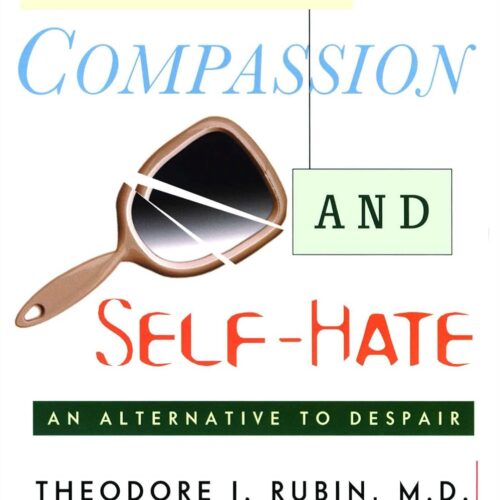Now Available: Organizational Readiness for Generative AI Draft White Paper
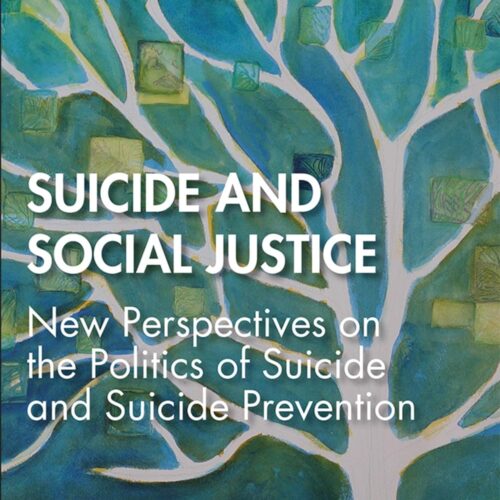
Book Review-Suicide and Social Justice: New Perspectives on the Politics of Suicide and Suicide Prevention
We’re trapped in a view of suicide that conceptualizes it as a psychological problem. We can’t see how to integrate multiple views of the problem from separate sociological and psychological standpoints. Suicide and Social Justice: New Perspectives on the Politics of Suicide and Suicide Prevention aims to remove the barriers and allow us to see the problem of suicide from a wholistic perspective. In doing so, it directly challenges some of the false narratives that we’ve been led to believe.
Mental Health Conditions
Going back to the idea that someone would need to be “mad” to die by suicide, we’ve tightly coupled mental health to suicide to the point where some, like Thomas Joiner, claim that everyone that dies by suicide has some sort of mental illness. The problem is that the basis of these claims are weak at best. With incredibly small sample sizes, no reference point against the general population, and other methodological issues, the belief that 90% (the more commonly quoted number) of suicides have a mental health issue simply isn’t supported by the data.
First, the proposed mental health issues are based on retrospective analysis. It’s the psychological autopsy process created by Shneidman applied to people whom the interviewer knew died by suicide. While Shneidman intended the psychological autopsy to help clarify the mode of death, that’s not the way the process is being used.
As a point of fact, Eli Robbins at the University of Washington at Saint Louis simultaneously developed the retrospective review. Their study, involving 137 cases, was the first to establish a prevalence of mental health issues for those who died by suicide. However, in their zeal to establish the relationship, they made two critical errors. First, they failed to establish any sort of base rate in the community.
Their percentage of mental health issues was well above 90%, but only when they included undiagnosed issues. They used the reports of friends to establish that the deceased might have had a mental health condition. The problem with this approach is both interviewer bias leading to higher than actual numbers as well as a failure to provide a control group.
We simply don’t know what the diagnosed percentage of mental illness was for accidental, natural, and homicide deaths to know if the diagnosed percentages are different. Nor was any effort undertaken to interview these other kinds of deaths to establish the undiagnosed ratios.
One could argue that there are other studies with similar findings – and of course there are. However, they suffer from similar and more egregious methodological errors. The definitions for alcohol use disorder would encompass a very large percentage of the United States population – but, again, controls are lacking to see the difference.
It’s in that context that the World Health Organization indicated less than half of the people dying by suicide in the US had a mental health condition. Contrast this with the fact that depression and anxiety are at epidemic levels. The base rate in the population for mental illness is higher than we’d like to believe.
If more than half of the people who die by suicide don’t have a diagnosed mental health condition, we can’t very well screen for, identify by, or even strongly correlate depression and suicide.
Henry Murray
I was first exposed to Murray’s work through some testing that should never have been. (See TAT in The Cult of Personality Testing.) I continued researching his work and his relationship with Christina Morgan in Love’s Story Told. However, perhaps Murray’s greatest contribution to psychology is in his categorization of psychogenic needs. It was Shneidman’s view that it was one of these thwarted needs that resulted in the press and perturbation that drove people towards suicide. (See Suicide as Psychache.) In short, it’s through going back to Murray’s work that we can see the connection between society and suicide.
If the environment that you grow up in is hostile towards your psychogenic needs being met, the models of Shneidman and Thomas Joiner places you at the threshold of suicide. (See Why People Die by Suicide for Joiner’s model.) This expands the perspective of psychology to include the social factors that drive someone’s psychology.
It’s important to remember that Kurt Lewin said that the behaviors we get from someone are a function of both the person and their environment. (See A Dynamic Theory of Personality.) Suicide is a behavior. We can’t extract the social justice from the psychology.
Predictability
Despite decades of evidence that we can’t reliably predict suicide, we’re obsessed with the idea that we might be able to. In Rethinking Suicide, Craig Bryan is quite clear that the tools we have don’t have the precision necessary to be a reliable predictor. He’s not the only one who’s sounding the alarm that we’re continuing to go in the wrong direction. The sheer statistics of suicide make prediction almost impossible. With rates measured per 100,000, they’re tragically too frequent and statistically too rare to be reliably predicted.
Bryan makes the point that we can’t predict automobile accidents either. We can’t determine ahead of time who will and who won’t be involved in an accident. With 20% of suicide attempters reporting they hadn’t considered it more than 5 minutes prior to their attempt – and the number jumping to 71% one hour ahead of their attempt – it’s effectively impossible to intervene between thought and action. We’ve got to look at other options.
Gatekeeper Programs
The concept of a gatekeeper training program is that you educate the community of people that others interact with, so that they’ll know what to look for and will feel more comfortable engaging people they perceive to be at risk. It was first described by Dr. John Snyder in 1971. Measuring the efficacy of gatekeeper programs isn’t easy for the same reasons as predicting suicide. How do you track how many suicide attempts are averted – and what value do you assign to each one? Statistically, we know that most people will only make one attempt – and that if they use a firearm for that attempt, there’s about a 90% chance that the attempt will be fatal.
Gatekeeper programs aren’t a complete solution. However, the chapter on Cultural Continuity and Indigenous Youth Suicide by Michael J. Chandler and Christopher E. Lalonde unfairly criticizes gatekeeper programs. They cite narrowly targeted indigenous implementations where no effect could be found and attempt to apply it against the entirety of gatekeeper implementations. Conversely, later in the book, an AAS meeting quote is provided: “The lay volunteer was probably the most important single discovery in the fifty-year history of suicide prevention.”
Given the relatively small number of deaths and trials of gatekeeper programs the best, honest answer is that the efficacy is unclear, because there haven’t been studies with sufficient statistical power.
The Economic Value of a Life
Assigning the monetary value of a life is a particularly morbid thing. What’s worse is the internal comparisons that happen – as a result of societal conditioning – that a life isn’t worth living if it’s not able to economically contribute to a family or to society. Instead of viewing life as intrinsically and inherently valuable, some people accept the lie that they’d be better off dead because they can no longer earn money.
Too many suicides are based on the person’s feeling that they’re no longer adding to the economic welfare of the others in their life and to their community. Perhaps someday, we can separate a person’s value from their bank account.
Female Suicide
Across most of the world, females attempt suicide more frequently but die less frequently because they choose less lethal means. However, in some countries, particularly countries where women are voiceless and oppressed by the patriarchy, their deaths exceed those of men. Some of these suicides are a final, undeniable message to their society about their suffering and mistreatment.
In places where the societal roles are more circumscriptive, stepping outside of those roles can result in their murder or their suicide. Simply speaking to a man who isn’t a relative can be enough to set a woman’s life towards death. External pressures from the patriarchy can limit a woman’s world in ways that cause them to desire death. From withdrawing from school, work, and romantic relationships to being forced to accept the polygamy of their husband, women sometimes use suicide as an escape.
Courage
Women are presumed to be less courageous than men. However, this isn’t a fair characterization of the situation. As Find Your Courage explains, courage isn’t the absence of fear but a willingness to move through fear. Suicide is a difficult thing to do and is courageous in its own (twisted) way. However, more than that, if you want to increase courage, you must decrease the factors that lead to fear. When you create safety, you necessarily reduce the level of energy that being courageous requires.
The structure of some societies decreases the safety and increases the fear that women must face – making courage harder.
Suicide Training
The tragedy of mental health care is the paucity of suicide-specific training for providers. In fact, the suicide safety plans developed by the VA clinicians has been evaluated as poor. That is, the people who are entrusted with the protection of our veterans aren’t delivering good care. It’s no surprise, since few (if any) of them have more than a few hours of suicide specific training – if that.
We speak about the social stigma surrounding both mental health and suicide – but we fail to recognize that it’s a very weak correlate of service utilization. In other words, it’s bad, but not relative to other challenges, including access.
The Role of Trauma
The sad fact is that our society inflicts trauma on some classes of people and that trauma leads to downstream problems, including both mental illness and suicide. If we want to make our world better, we need to consider how we can reduce trauma and to teach people how to heal from trauma. Ultimately, we want to decrease Suicide and [improve] Social Justice.

